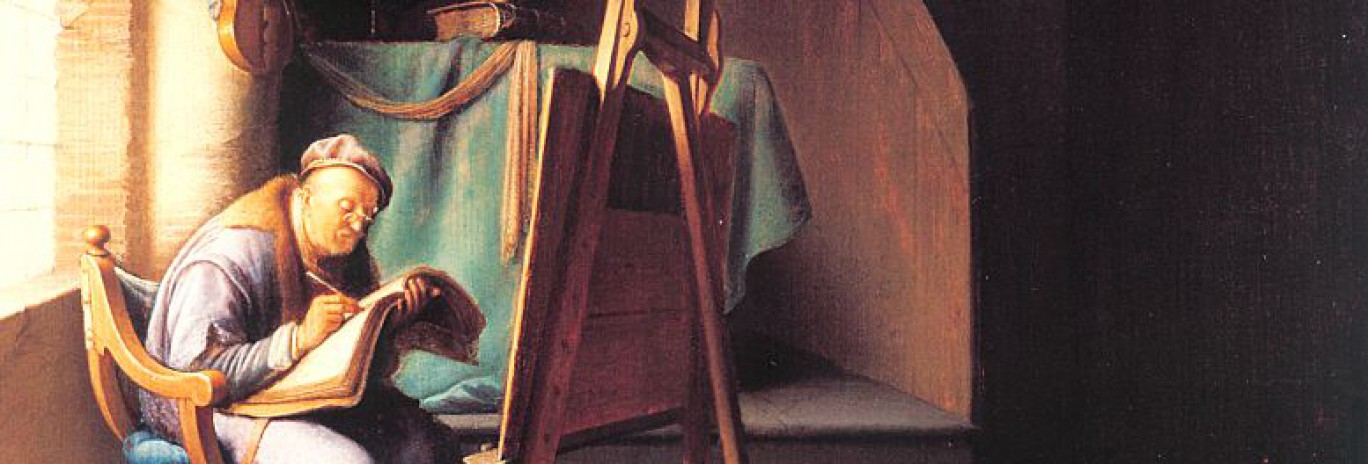Events
The ARTECHNE team will host a hands-on casting session at the seventh Gewina Woudschoten Conference 2017: ‘Materiality, Museums and Media’, 23-24 June
On 23 and 24 June 2017 the Society for the History of Science in the Low Countries, Gewina, will organize its seventh biannual meeting in the usual venue of Woudschoten, near Zeist. This two-day conference is intended to bring together those who share an interest in the history of science in the Netherlands, as well as discussing the current and future developments in the field. The 2017 meeting shall be devoted to Materiality, Museums and Media: History of Science, Presentation, and Outreach. The ARTECHNE team will host a hands-on casting session (more information will follow soon).
Following up on Woudschoten 2015, which was devoted to the ‘material turn’, we will take the logical next step, and consider the role of historians of science and museum curators and their outreach in the public sphere. Over the last decade, this material turn in the history of science has broadened the scope of the discipline, and has provoked new research questions. This direction opened up new possibilities for co-operation with heritage institutions and, henceforth, to extend the dialogue to broader groups in society.
Whereas historians have traditionally focused on texts, the study of instruments, images, material objects, collections and substances are now a firmly established topic of research. Scientific practices – including re-enacting experiments – have become a new focus of attention, underlining the fluid boundaries between scientific and artisanal knowledge. Traditional disciplinary boundaries between, for example, the history of science and art history – are overcome, and have given way to fruitful cooperation.
But the question remains how historians of science and museum curators/educators can get in touch with the public. In which way could historians of science and museums co-operate and benefit from one another? What is the status of objects in this this context? How will the traditional function of museums as locations of knowledge (and research) develop in the future? What are the possibilities – and pitfalls – of showcasing results objects related to the history of science in the context of a museum? What are the possibilities and challenges of public outreach – and do share historians of science and museums devoted to its history the same audience? Can the history of science learn from the study of visitors’ responses?


